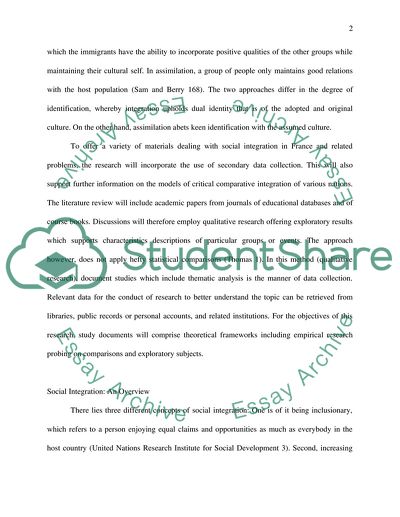Cite this document
(Clash of Civilizations and the Remaking of the New World Order Article, n.d.)
Clash of Civilizations and the Remaking of the New World Order Article. Retrieved from https://studentshare.org/social-science/1724585-the-problem-of-social-integration-for-immigrants-in-france
Clash of Civilizations and the Remaking of the New World Order Article. Retrieved from https://studentshare.org/social-science/1724585-the-problem-of-social-integration-for-immigrants-in-france
(Clash of Civilizations and the Remaking of the New World Order Article)
Clash of Civilizations and the Remaking of the New World Order Article. https://studentshare.org/social-science/1724585-the-problem-of-social-integration-for-immigrants-in-france.
Clash of Civilizations and the Remaking of the New World Order Article. https://studentshare.org/social-science/1724585-the-problem-of-social-integration-for-immigrants-in-france.
“Clash of Civilizations and the Remaking of the New World Order Article”, n.d. https://studentshare.org/social-science/1724585-the-problem-of-social-integration-for-immigrants-in-france.


